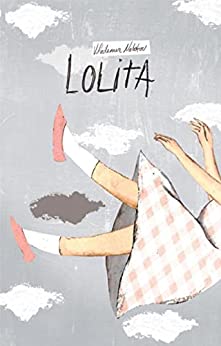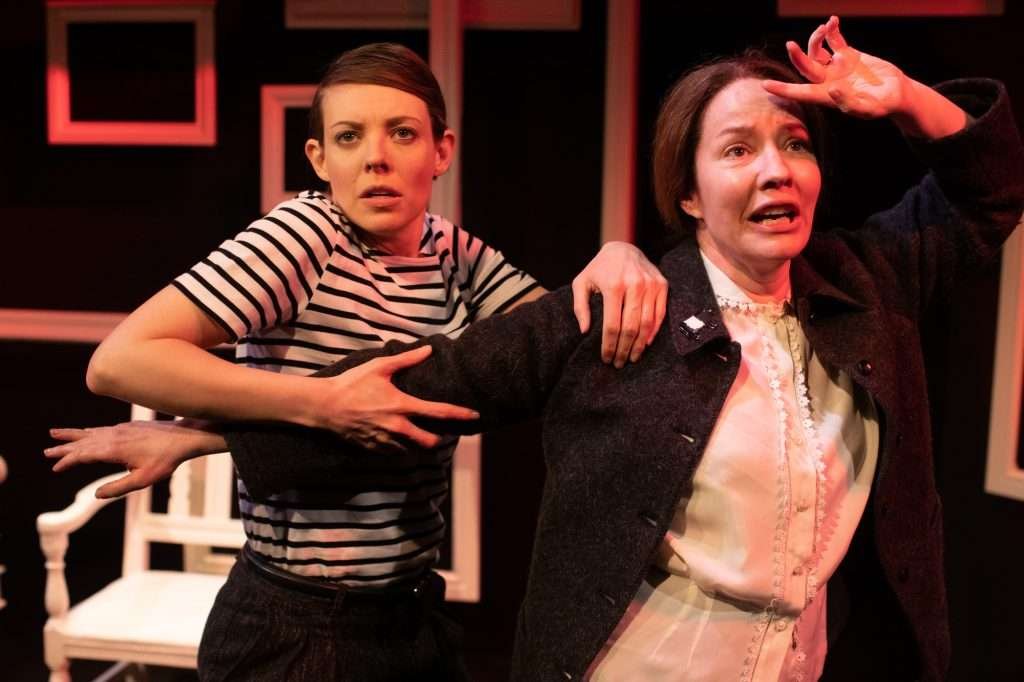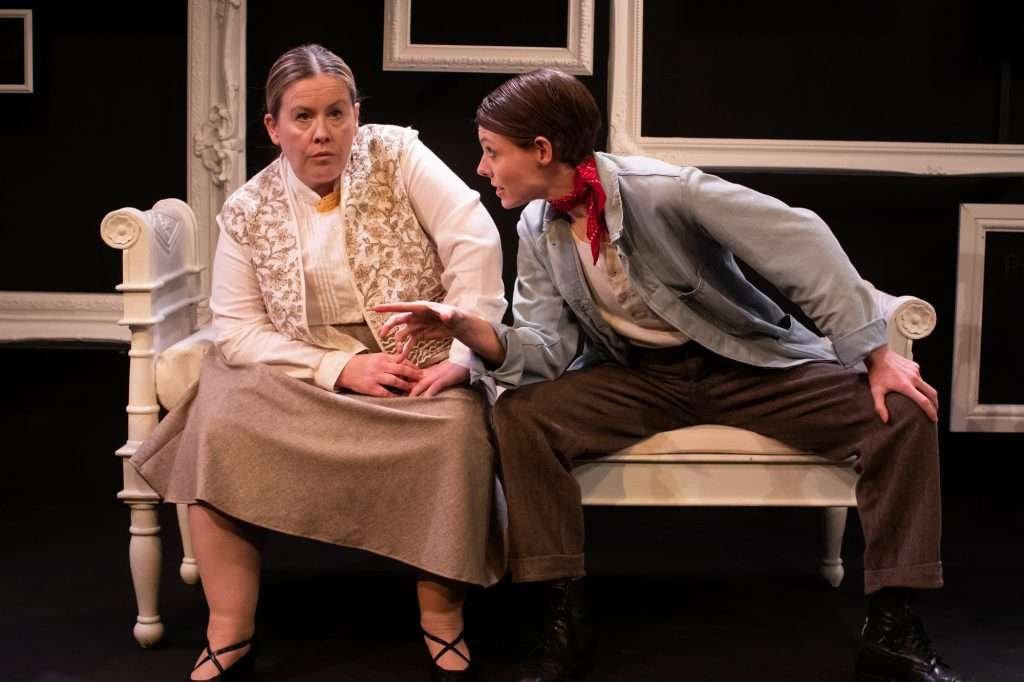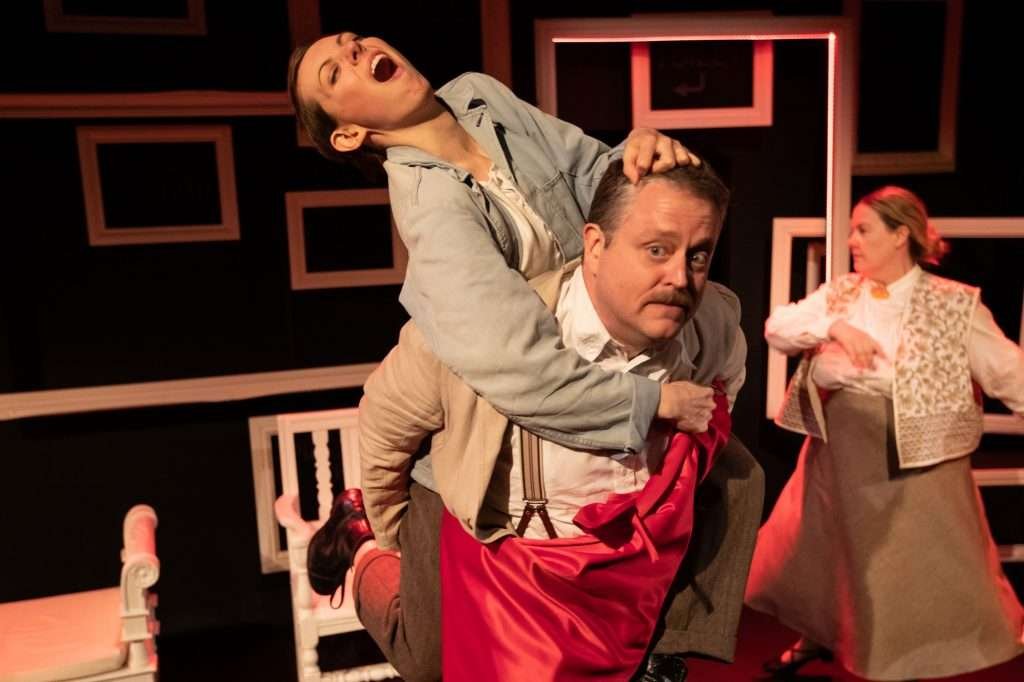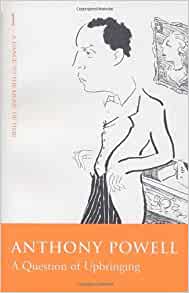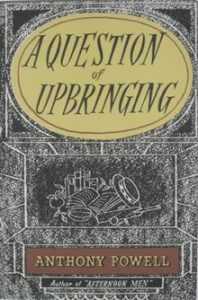
To be honest I didn’t know much about Marian Keyes until I read a review of her new book Again, Rachel and realised that I’d missed out on her best selling 1998 book, Rachel’s Holiday. Both sounded interesting so I bought downloads.
I thought Rachel’s Holiday, nearly a quarter of a century on, might feel dated but not a bit of it. The issues are timeless and apart from the absence of mobile phones (Rachel could really do with one) you hardly notice.
Rachel is an archetypal unreliable narrator. She is a drug addict but spends most of the novel trying to convince herself and the reader that she isn’t. She is now in a no-frills rehabilitation centre paid for by her long suffering family. The sad tale of how she got there is unwound in a series of flashbacks as she remembers her past.
Rachel and her friend Brigid have gone from their native Dublin to New York for work – and an exciting life. Looking past what Rachel tells us we can see that Brigid, while good for a laugh, is gradually building a career. But Rachel swallows and sniffs every drug she can lay hands on, drinks very heavily, has sex with almost any man she meets and goes to work (low grade jobs in motels) only when she’s on her feet. She continuously undervalues herself and has no self-respect whatever. Eventually she meets a man named Luke Costello – kind, tender, sexy and not a druggie which means she has mixed feelings about him. When he calls time she realises that she was in love with him. She is angry, confused and very difficult to live or deal with.
Keyes is good at characterisation. The people Rachel meets – and eventually bonds with – at the rehab centre are beautifully drawn from the extraordinarily perceptive (Sister) Josephine who leads the group sessions to the charismatic (or is he?) Chris to Rachel’s room mate who hides her problems behind clothes, perfume and make up.
Somehow when Luke and Brigid turn up to give “evidence” and make Rachel face the truth in a devastating group session, you know that if they’ve travelled 3,000 miles to do this then they evidently care very much about her and want to help her. So perhaps, you think – we’re heading for some sort of happy ending. No spoilers.
Many reviewers have dubbed this a comic novel but that’s far too simplistic. Yes, as in life, there are funny moments and Rachel is herself good company and funny. But there’s a lot of depth to this novel too. It explores the nature of addiction and studies the psychology of people who overeat, become alcoholic, compulsive gamblers or whatever so often rooted in childhood experiences. And it stresses the concept of an addictive personality which once “cured” of one addiction often simply transfers it to another substance or habit. It’s also a hopeful story. Life at the rehab centre seems grim … but it works and Rachel makes some real friends.
I shall wait a few weeks and then read the sequel which, apparently, shows us what Rachel is doing and where she is now.
Next week on Susan’s Bookshelves: The Flames by Sophie Haydock
